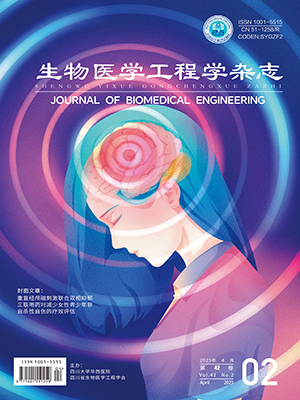As a representative part of the oral system and masticatory robot system, the modeling method of the dental model is an important factor influencing the accuracy of the multi-body dynamic model. Taking the right first molars of the masticatory robot as the research object, an equivalent model, point-contact higher kinematic pair composed of v-shaped surface and sphere surface, was proposed. Firstly, the finite element method was used to analyze the occlusal dynamics of the original model in three static contact cases (intrusive contact, centric occlusion, and extrusive contact) and one dynamic chewing case, and the expected bite force was obtained. Secondly, the Hertz contact model was adopted to establish the analytical expression of the bite force of the equivalent model in three static contact cases. The normal vectors and contact stiffness in the expression were designed according to the expected bite force. Finally, the bite force performance of the equivalent model in three static contact cases and one dynamic chewing case was evaluated. The results showed that the equivalent model could achieve the equivalent bite force of 8 expected items in the static contact cases. Meanwhile, the bite force in the early and late stages of the dynamic chewing case coincides well with the original model. In the middle stage, a certain degree of impact is introduced, but it can be weakened by subsequent trajectory planning. The equivalent modeling scheme of the dental model proposed in this paper further improves the accuracy of the dynamic model of the multi-body system. It provides a new idea for the dynamic modeling of other complex human contacts.
Citation: QIN Wenlong, CONG Ming, REN Xiang, LIU Dong. Equivalent modeling and evaluation of molars using point-contact higher kinematic pair based on occlusal dynamic analysis. Journal of Biomedical Engineering, 2020, 37(4): 614-621. doi: 10.7507/1001-5515.201906021 Copy
Copyright © the editorial department of Journal of Biomedical Engineering of West China Medical Publisher. All rights reserved
-
Previous Article
Finite element analysis of determining corneal biomechanical properties in vivo based on Corvis ST MENGQiaoyu, WANG Xiaojun, CHEN Weiyi, LI Xiaona, HE Rui -
Next Article
Effect of different structural parameters of filter rod on mechanical properties of new vena cava filter ZHOUBudan, FENG Haiquan, WANG Yonggang, WANG Xiaotian




